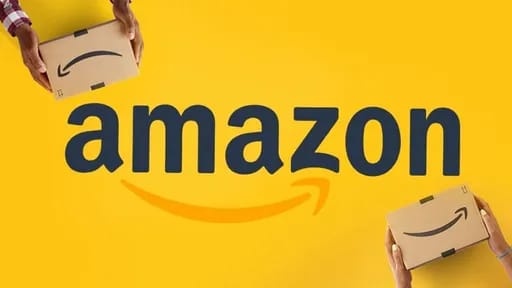
#1
What makes India important market for internet giants?
India Represents the Most Fertile Market on the Planet
Despite only having half of its population online, India already represents the second-largest internet market in the world behind China.
This is because the country has more than half a billion people online and these new internet users are discovering what the digital world has to offer for the first time. Tech businesses and corporations in the entertainment world are flocking to the subcontinent to market themselves to this emerging audience, and there is opportunity for high rewards for those that get in early.
India’s IT companies have historically viewed the domestic market as more trouble than it is worth. Another big source of demand is multinational companies that do business in India.
If India is to become a $5 trillion economy in five years, technology will be a significant part of that,” says CP Gurnani, chief executive and managing director of Tech Mahindra.
Google and Facebook identify the South Asian nation as their largest market by users.
Just think about a daily routine for a typical Indian. It involves paying for bills or recharges online, lots of WhatsApp, plenty of video time and some games. In fact, for certain audiences like students, there’s so much dependency on the internet that it’s impossible to envision a life without it now.
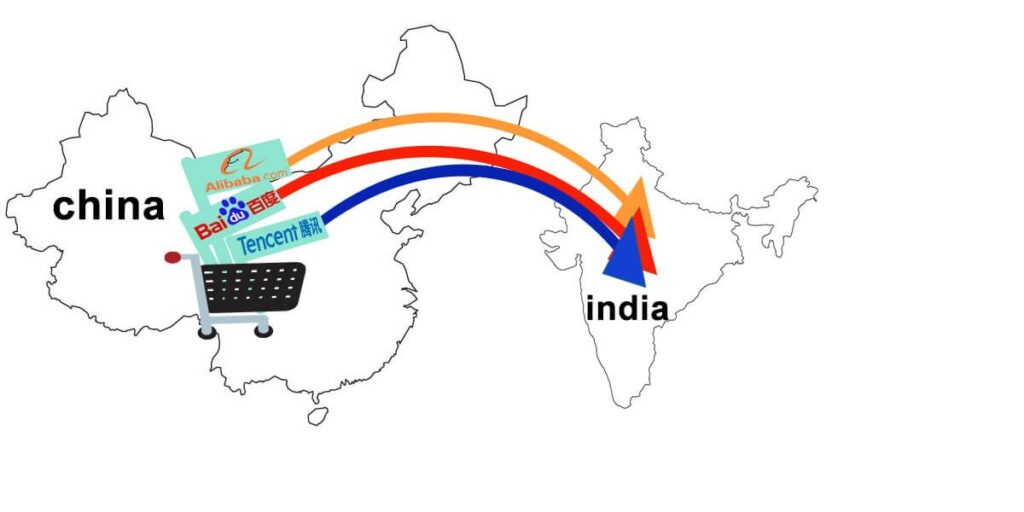
#2
Origin of Amazon India
Amazon.com, an American international e-commerce company, was started by the computer scientist Jeffrey P. Bezos in the year 1994. The online shopping platform initially started as a bookstore and soon expanded and became the everything store. It went online in 1995 and issued an IPO in May 1997. Amazon was launched as Amazon India in India in June 2013. Since its launch in India, Amazon has built the most prominent online marketplace in the country. Amazon India covers every serviceable pin-code in India for the delivery of its products. Moreover, It has the largest storage capacity in India, with 41 fulfilment centres across 13 states. Also, as a matter of fact, there are more than 20,000 Indian sellers on Amazon marketing their products worldwide.
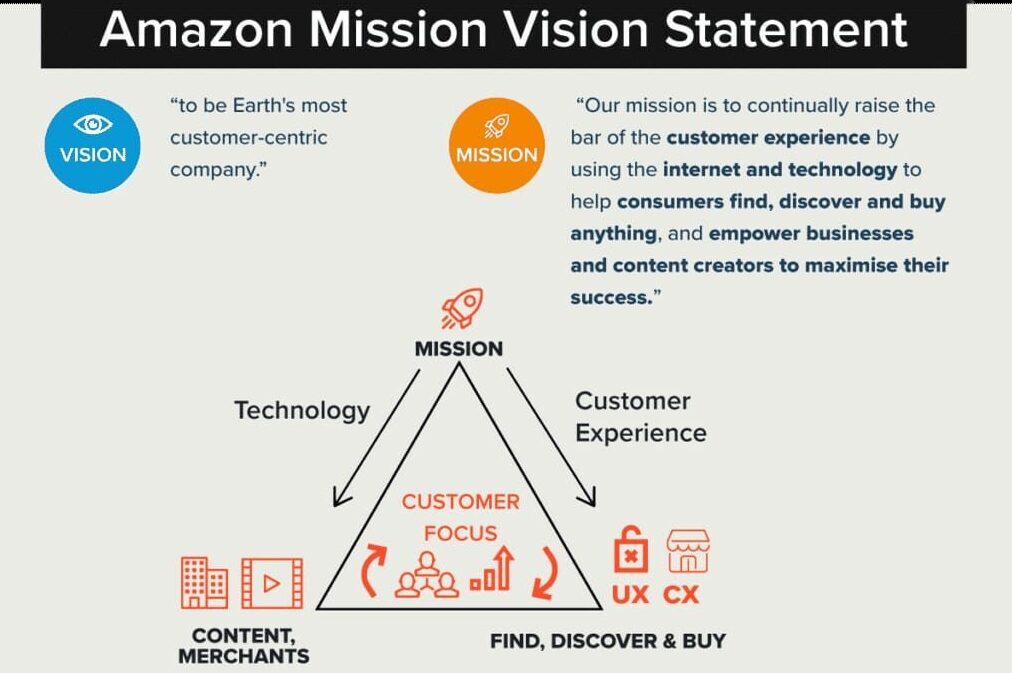
Amazon India Business Models
#2
Amazon opted for a marketplace model, to begin with. The marketplace model provides small businesses with a huge scaling opportunity without having to build the technical or operational infrastructure of scale. Now Amazon is the largest marketplace in the world selling over 40 categories of goods, from books to electronics, auto parts to jewellery and even groceries. The company is also an internet technology platform, a fulfilment and logistics platform, a search technology, an internet advertising platform and even an internet start-up breeding hub. The value proposition provided by Amazon is simple. They primarily offer convenience, the widest range of products and the lowest prices. Their prices are so low that they have displaced Walmart as being the leader in the low-price category! The amazing part about Amazon is that they deliver goods at extremely low cost without compromising on quality by any means. But, how does it do that?
Amazon makes the lowest prices possible by leveraging technology in such a way that it does not have to stock inventory of any kind. While other stores are reeling under the massive cost burdens of stocking inventory, Amazon can afford to undercut the competition on the same.
Hence, Amazon can be termed as a mix of a retail company and a technology company. Unlike retail companies, Amazon rarely hires stock clerks and floor managers. Their employees have high technological skills including optimised software development, data mining, data analysis and more. In terms of operating income, the growth is mainly driven by the high margins deriving from the service sales. By looking in-depth at the revenue sources, subscription and Amazon AWS services have accelerated the income growth.
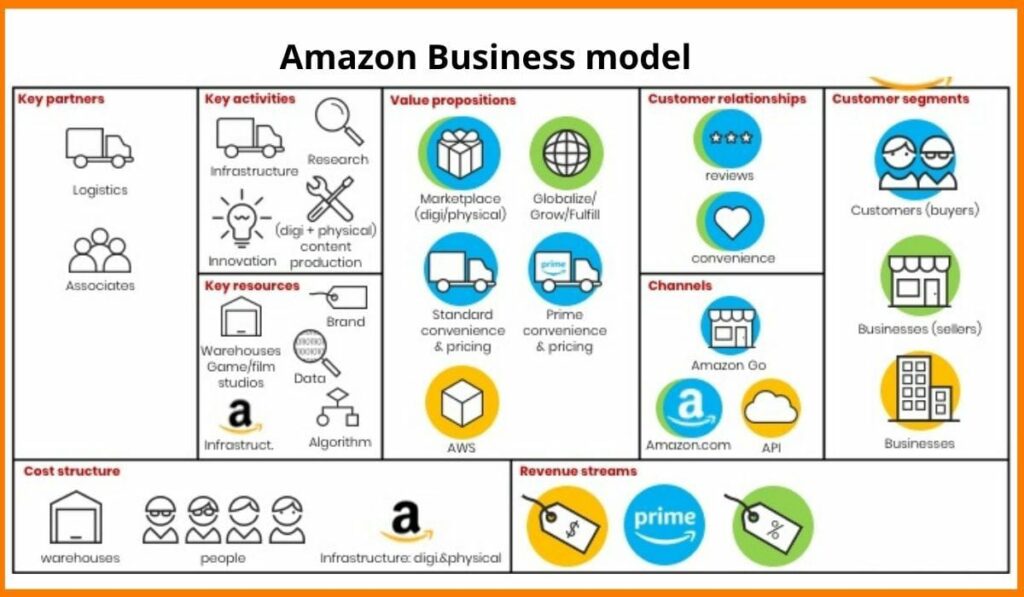
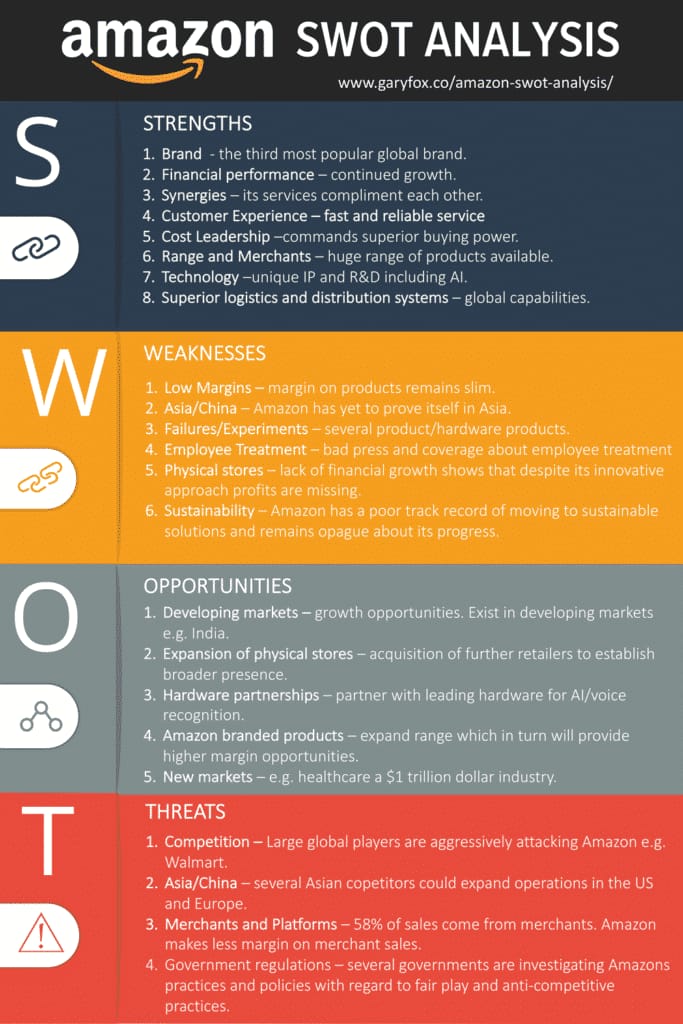
Competitors










Challenges Faced By Amazon In India #3
• Amazon faces new antitrust challenge from Indian online sellers
The group alleges that Amazon India’s wholesale arm buys goods in bulk from manufacturers and sells them at a loss to sellers such as Cloudtail. Such sellers then offer goods on Amazon.in at big discounts. “This anti-competitive arrangement … is causing foreclosure of competition by driving independent sellers out of the market,” the group alleged in its Aug. 10 filing at CCI, seen by Reuters. Amazon has been attempting to increase its presence in India through stakes in local firms and has also aggressively explored partnerships with neighborhood stores.
• Competition Overload
According to Marketplace Pulse, “Amazon marketplace has 8.6 million total sellers worldwide.” With such popularity, it cannot be helped for excessive competition to arise. Due to excessive competition, new sellers are having difficulty penetrating the market. However, there are tips and tricks to help your listing rank on Amazon’s organic search.
• Amazon Price Wars
With the reality of excessive competition in the Amazon marketplace, it is inevitable for Amazon sellers to enter into price wars. This is commonly observed among sellers who are aiming for their listing to appear in the Amazon Buy Box. Most inexperienced sellers will try to outbid their competition by offering a lower price than its precedence. However, practicing such methods would simply mean settling for less and eating up the profit margin.


Respond to these challenges By Amazon
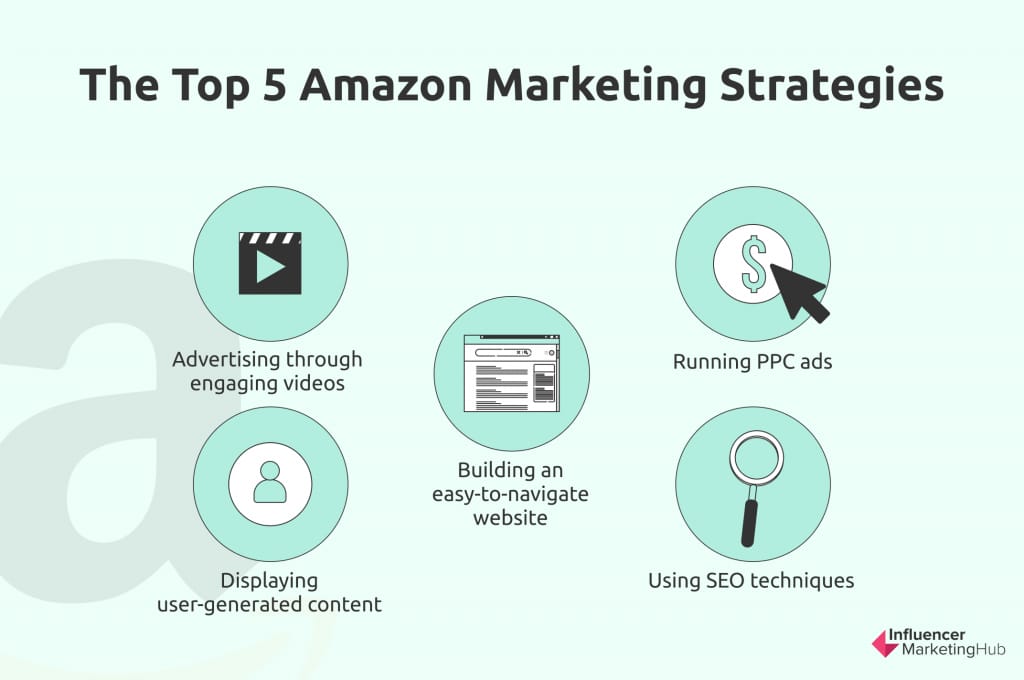
# 5
Strategies for sellers in india
Create a Win-Win Situation
No doubt, prospective and current customers alike will love you for the wealth of information you offer. But have you ever tried telling your current customers what’s on sale now? If you feel that the idea of trying to get your current customers to buy something else from you is going to put them off, you might as well not have them on your list in the first place.
Communication is Key
Many online professionals love to believe that customers will hunt them down if their products or services are impeccable. In this world of aggressive marketing, you can’t afford to lose customers to your competitors. Today, buyers are more likely to buy from sellers who not only offer a good product or service but also saves them time by providing doorstep service. So don’t waste any time! Communicate with your clients, send promotional emails with product offers, and let them know they can count on your business for reliability and service.
Ecommerce Marketing Strategies For Sellers
- Issue coupons
- Make shopping social
- Make lots of (relevant) videos
- Implement Google Shopping ads
- Use data and automation to make connections

Our Team
Thanking You

Sahil
srivastava
IMM Student

Tarani
Gupta
IMM Student

Nikita
Rawat
IMM Student

Chahat
Makarandi
IMM Student